Have you ever these how we manage to transmit information via Wi-Fi? In this short journey we will explain how to transmit text, images and videos over the Internet
Have you ever wondered how does a video of kittens on YouTube or a photo of an influencer on social networks go from one PC to another without any cables, via Wi-Fi technology? It is a very long journey, made up of many different steps. In fact, the Internet is based on the well-known ISO / OSI model, this simple set of rules has allowed us to create the largest and most scalable infrastructure ever created.
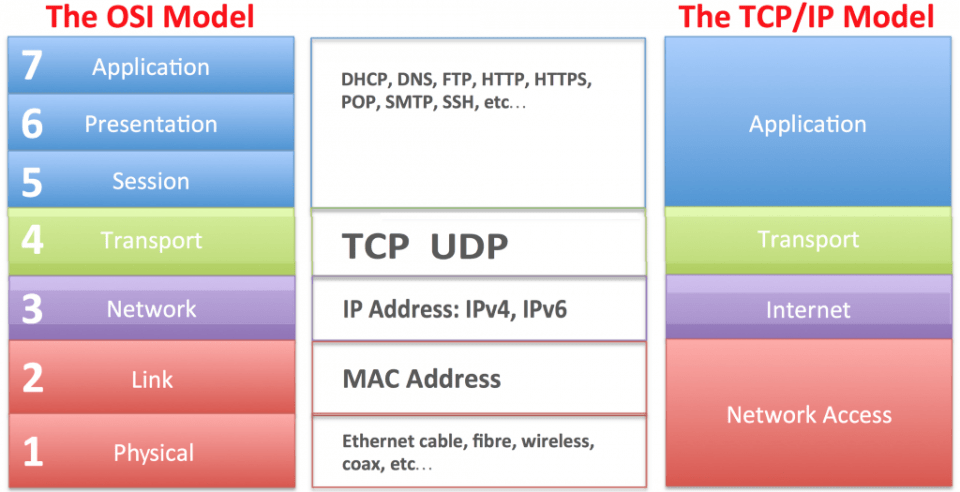
The ISO / OSI model
The ISO / OSI model allows two devices to communicate. The standard has been designed in a highly modular way and is organized in 7 levels (Physical, Data Link, Network, Transmission, Session, Presentation, Application). Every time we want to use the network, our data must scale the whole stack, from the Application to the Physical level and here they can finally be physically sent to another device.
This modularity has allowed to scale and extend the potentials practically indefinitely, creating a network that connects billions of devices. One of the most complex artificial structures ever, together with microchips. I have always found the web to be extremely fascinating for this very reason. To achieve all this, it was enough to define simple and precise rules of communication between adjacent levels. And this says a lot even if how important communication is. There are many ways to learn about Internet trivia, such as Router Ctrl. In this article we will focus on the first 3 levels.
The network layer: the mystery of the IP address
The IP address is very famous. But what is it and how does it fit into the network protocol? The IP address is a unique code which identifies a device on the network. But it’s not just a random code. In fact, it is built in such a way as to indicate the position of the device in the network, so as to guide the packets within the infrastructure. The IP address is read by the routers and based on the information contained in them, re-route packets from one network node to another in order to reach the destination. The name IP derives from “Internet Protocol” and contains a set of rules to manage the routing of packets in the network. In reality, the IP address is only one (important) part of the protocol. In fact, it allows you to exchange a lot of information to prevent the package from getting lost and to reconstruct the video of the original kitten that has been split into many packages in the meantime.
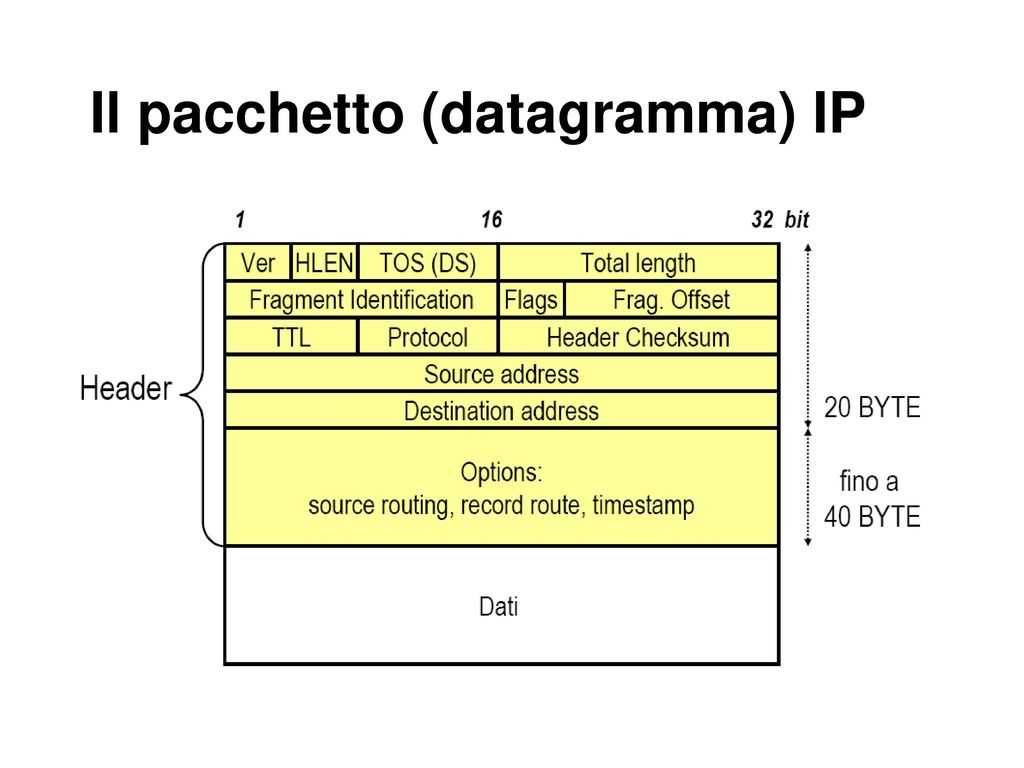
The Data Link layer: this unknown
The Data Link layer is the slightly darker one. It acts as the glue between the physical and the network layer. Basically it allows you to identify any hardware within a local network, that is, a network of devices physically connected by a case or via Wi-Fi. The protocols of the Data Link layer allow you to understand if a device is available through a physical link. It also deals with the control of transmission errors.
How do you expect packets to be transmitted? Who knows what complicated synchronization rule is behind handling millions of packets every second. None. You try. If the package arrives, ok. If it doesn’t come, try again. That’s all! This banality is the most effective error checking and is still used today.
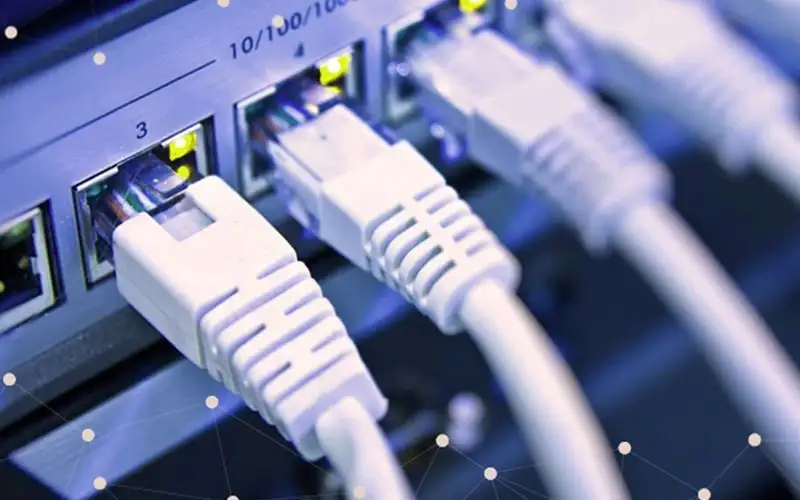
The Physical Level: Here is Wi-Fi
But how is the data physically sent? Then. Essentially iThe packet is transmitted bit by bit through a signal modulation. Essentially a wave is created – it can be electromagnetic in the case of Wi-Fi or electric in the case of a cable – called carrier to which a second wave is applied, called modulating. The second modifies the characteristics of the first and therefore it is possible to imprint information in it. The most trivial is the amplitude modulation where a bit 1 is represented a peak of the wave, while 0 is a minimum of the wave. Today there are modulation techniques that allow you to send even more bits together.
The physical level deals with managing these aspects. There are devices called modulators that transmit data and demodulators that read data from waves. The MODEM it is so called because it is nothing more than a MODulator-DEModulator. It is therefore a device capable of speaking the language of the physical layer protocol. In fact, they are chips that specialize in doing this. They are not generally programmable because very high performances and therefore specialized electronics are required. When a new Wi-Fi standard is released, very often it is a new type of modulation to be able to send more data. And so we have to physically change our devices.
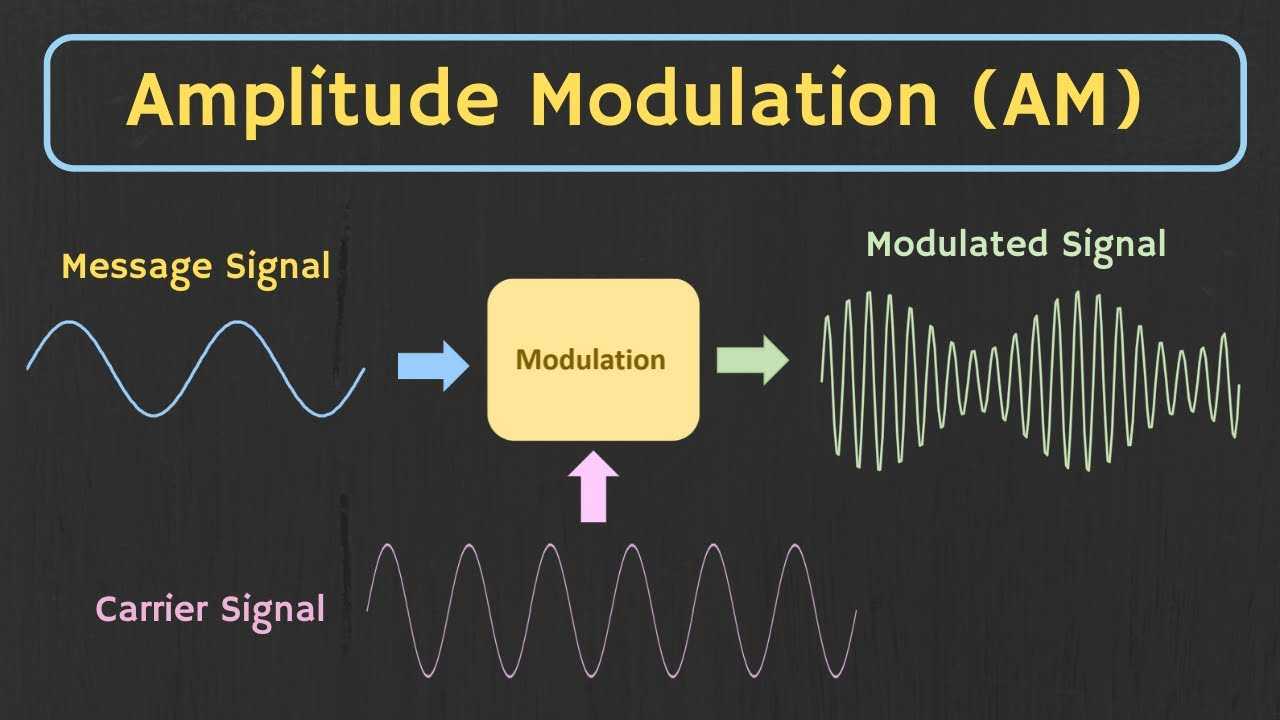
Il Wi-Fi
Wi-Fi uses electromagnetic waves as a medium for transmission. These are variations in the electromagnetic field. They are obtained by passing a variable current inside a conductor. In practice, the antenna is nothing more than a copper wire crossed by a current at a certain frequency. The oscillation propagate in space and can be detected for electromagnetic induction in any conductor. In fact, they generate very small currents of the same frequency as the generator. Wi-Fi therefore allows you to transmit the frequency from one antenna to another, without the need to physically connect the antennas.
That’s all from the hardware section, keep following us!







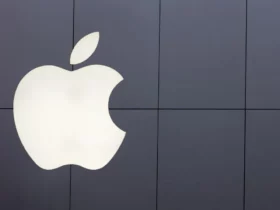
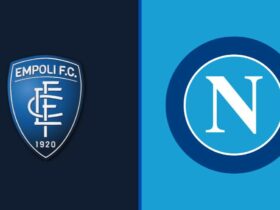
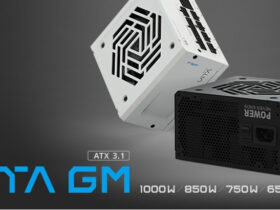

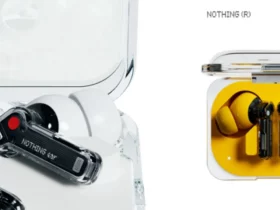


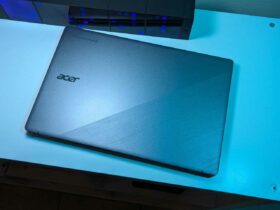
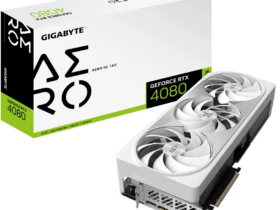
Leave a Reply
View Comments